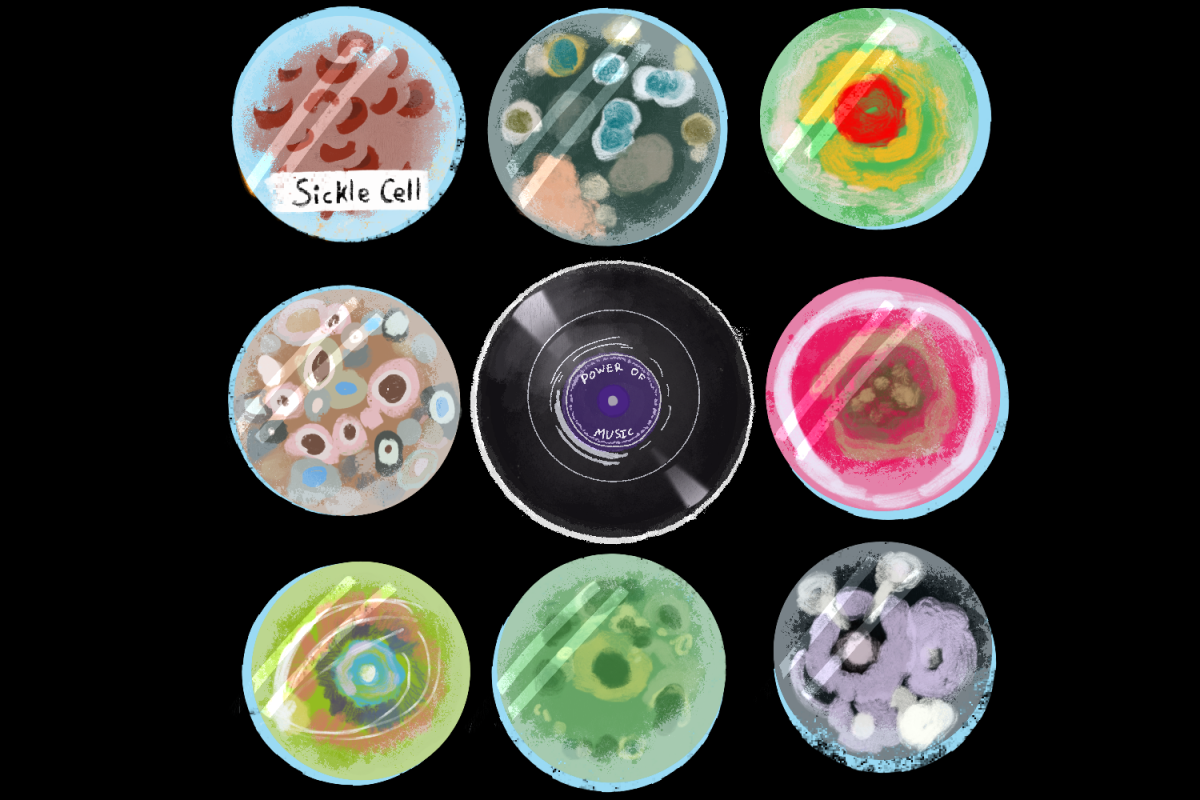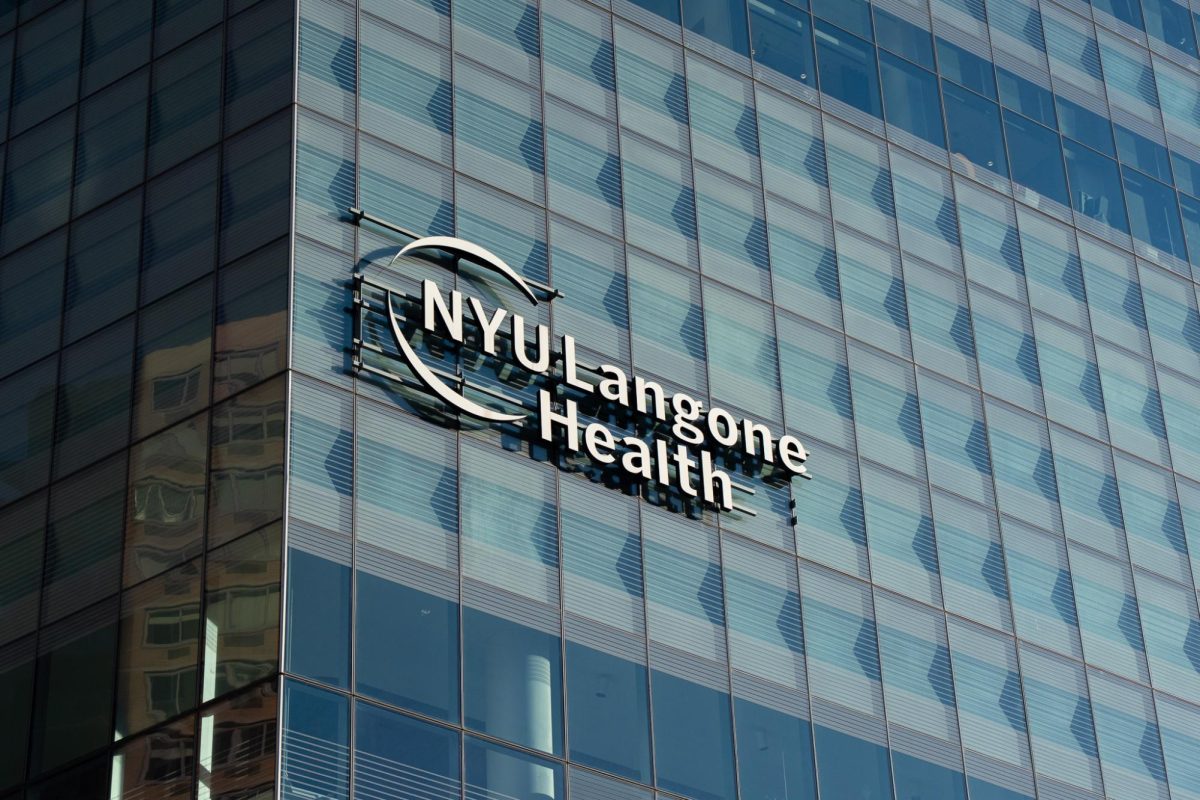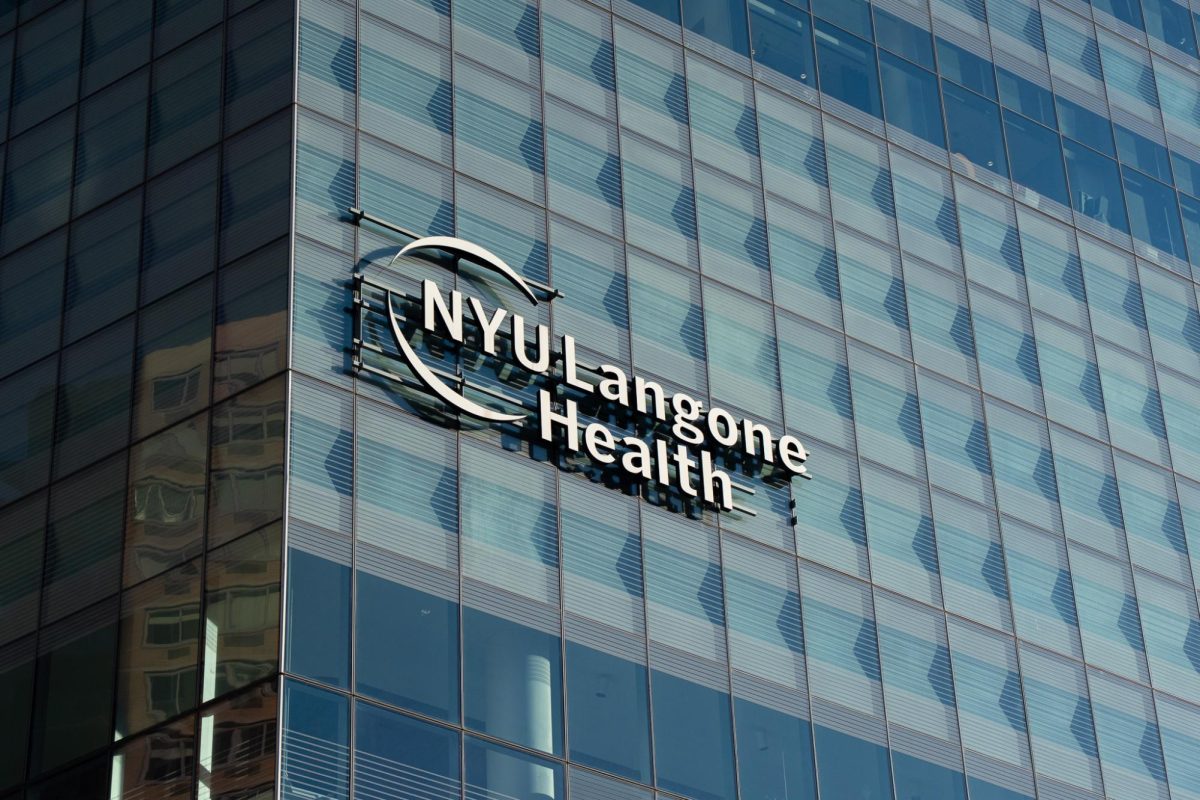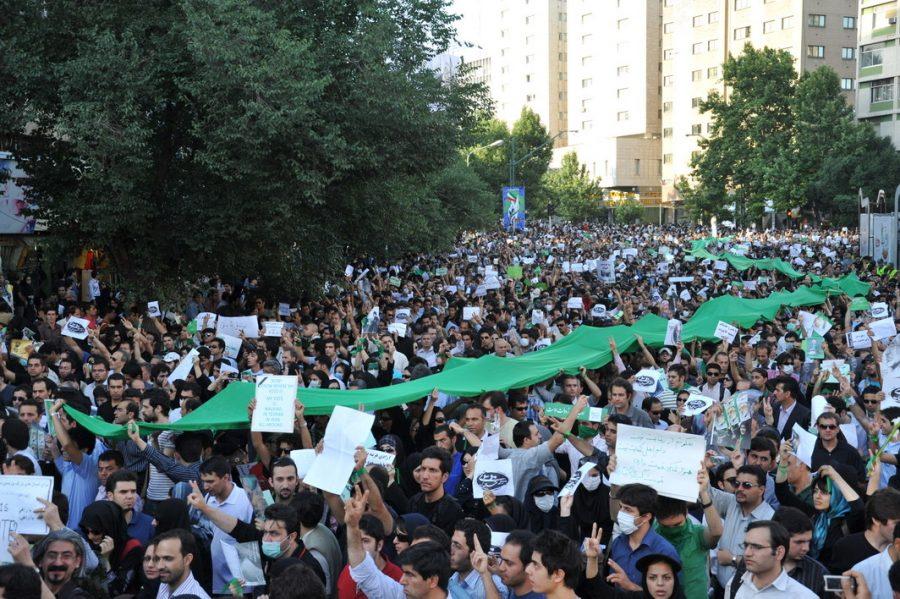On June 12, 2009, the streets of Tehran radically combusted into protest. Mahmoud Ahmadinejad, Iran’s ultra-conservative Islamist President, had just been re-elected for a second term in office, despite the extreme outpouring of popular support for his opponent Mir-Hossein Mousavi, the reformist artist-turned-politician. In the face of Iran’s dictatorial regime, Mousavi’s campaign had, for many, represented hope. Young Iranians, wearing green scarves and wristbands to symbolize support for the rebirth of the Iranian government under Mousavi, flooded the streets to protest what they believed were engineered election results. The announcement that Mousavi had not won astounded the nation — there were assumptions that the corrupt theocratic forces at play had, indeed, rigged the popular vote to favor Ahmadinejad — and Mousavi was subsequently condemned to house arrest, where he remains even today. Iran was overcome by protest in a way not observed since the infamous Iranian Revolution of 1979. Young Iranians were outraged and emotional — refusing to be despondent, eager to be heard.
This was 2009. Twitter was only three years old, still finding its way as a junior version of Facebook and was not yet a manipulable political platform by the likes of presidential candidates and celebrities. The Iranians, however, flocked there just as they flocked to the streets. Information poured into and out of Twitter like water from an overflowing tap — the lack of popular press coverage became subsumed by an altogether new conception of circulation. The revolutionaries of the Green Movement no longer had to sit and wait for somebody to tell their story. They had cameras, they had smartphones, Facebook accounts, YouTube accounts and blog posts. And, of course, they had Twitter. Suddenly, information had become unfiltered. ABC News called it “the most salient, powerful example of Twitter’s influence,” as protesters seized the platform to organize marches, publish videos and chronicle events. The Twitter Revolution was in full action.
Iran’s Green Revolution set a precedent that the world would soon follow. We saw the same patterns of dissemination of information in the Arab Spring in 2010 and 2011, as Egyptians crowded within Cairo’s Tahrir Square in an effort to oust Egyptian President Hosni Mubarak, or as Libyans turned the bloody execution of their dictator Muammar Gaddafi into a viral video. In the late 2000s and early 2010s, Twitter became a megaphone for those who longed to assert their voices. Even if no one talked about the Iranian protests on traditional news outlets, we could all search through our Twitter feed and stay up to date with a democratized form of documentation.
But 2019 is a very different year from 2009. Twitter, Facebook and YouTube represent much more than they once did. The world of democratized storytelling is rapidly mutating. For example, when Sri Lanka experienced one of the deadliest civilian terrorist attacks in recent history earlier this month, one of the central government’s first actions was to place a temporary ban on social media networks to prevent the spread of misinformation.
Where do we stand in a world where information is no longer monitorable? What becomes the role of the journalist when we wake up in the morning and scroll through our Twitter feed rather than open up a newspaper? In 2019, when Twitter is no longer just a vehicle for oppressed voices to cry out, but rather an instrument of constant information dissemination, the role of the journalistic world becomes somewhat contorted within it. Twitter allows us to grasp information at our fingertips — its capacity to democratize information is emblematic of the Internet Age’s initial set of principles and provides us with a profound opportunity. But with each opportunity comes responsibility. This freedom leaves us vulnerable and completely susceptible to manipulation, spam and falsified rhetoric. How far we have come — from the Egyptian Revolution to “covfefe.”
When Jack Dorsey pitched Twitter to a reluctant worldwide audience in 2006, he described it as a social media site for “what’s happening in the world.” Upon rising each day, we are met with a packaged series of headlines, observations, perspectives and opinions, easily digestible for us in short snippets and concise soundbites. But today, Twitter has, in many ways, become the centripetal force of our current governmental sphere and the conversation that surrounds it. Our President no longer shows up to the White House Correspondents Dinner, or goes weeks without holding a press briefing, but he does tweet, every day, bathing in a bastion of Washington’s trendiest new export: anti-political-correctness.
The Trump Presidency has been completely defined by two fairly synchronous topics: Trump’s utilization of Twitter to address his legion of followers, his disparaged enemies and basically anyone and anything else that he thinks of at 3 a.m, and, concurrently, his absolute vitriol for the media. Ever since 2016, the current administration has been at war with the journalistic sphere, casting any reportage contrary to the President’s views as “fake news.”
The term “fake news” might have originated from the hoax-ridden information that would sprout up on Facebook and Twitter, actively dispensed out by extremist groups and social bots. But the President’s most clever maneuver has perhaps been his subversion of the term to completely alter its meaning. Trump’s manipulation of “fake news” has made it so that the actual news media is cast as fake — or canned, biased, one-sided — while social media is seen, by his contingent of supporters, as the territory in which real voices are heard. It is in response to this pandemic of misinformation that CNN created its “This is an Apple” ad campaign, and the Washington Post changed its tagline to “Democracy Dies in Darkness.”
For journalists to have to be defensive in such an overt way, after being cast time and time again by the President as “the enemy of the people,” is an Orwellian turn of events. In the wake of the 2016 election, we are reckoning with the long-determined understanding that Americans view an overwhelming majority of mainstream news media as liberal. The politics of the media is nothing new, and despite the fact that in 2019, Fox News is the most popular cable news network on air, most outlets are still left-leaning. Fox’s skyrocketing trajectory, however, makes sense — because it is the only mainstream source of conservative news, its base is not as divided as those of other outlets.
Leading up to the 2016 election and ever since, social media became a sort of sociopolitical maelstrom of a newly generated, adamant Populist movement. A dissatisfied and underrepresented contingent of the nation was able to flock to Twitter and assert their voices, forming a coalition that bubbled underneath the surface and led almost all veritable pollsters to predict a seamless electoral victory for Hillary Clinton. Trump tweets because his followers love it, and are able to respond to him with their often vitriolic opinions, sans pushback or condemnation. It is an ironic twist to consider the conservative social media metamorphosis of the last four years as Twitter, again, giving a voice to a movement, built up by those who feel that they have been rendered voiceless and unrecognized. No, this is not the Green Revolution — but it is, in its own way, an upheaval of our well-established norms.
What makes the situation frightening is not the existence of this Populist movement itself — it has, if nothing else, served as a reminder of what can happen when a vast swath of the population feels that they have been left behind — but rather the fact that woven within its rhetoric is the overt falsification of information. The current administration has, somewhat circuitously, been able to utilize Twitter as democratized platform for its supporters to participate in. But in doing so, it has manipulated the accessibility and lack of accountability that social media allows for, in order to spread false information and distort perceptions of truth. The only way for journalists to be able to work relevantly within this era of social media advancement is if social media is used for its original intent — to share “what is happening in the world” — rather than become a mechanism of misrepresentation.
For our current administration, the only reporting that seems to matter are the discharges from the President’s daily Twitter thread. And for those of us — particularly young people — who rely so much on social media as a news source, it is easy to fall victim to the falsified information as fact. User-generated content has its place in our socio-political sphere. But it also makes the role of the journalist more crucial than ever. Two-thirds of Americans get their news from social media, and it is important that the limitless online universe gives us the chance to be our own storytellers. But what social media does not allow for is the fundamental facet that makes journalism the vital aspect of any functional democracy that it is: accountability.
Journalism and reporting are defined by the principles of maintaining the truth and holding those in power accountable. Social media’s flow of information and journalism, however, need not be mutually exclusive. As we prepare our future journalists for entrance upon the industry, we must carefully examine the malleability of its form. How can we embrace the democratizing aspects of social media while producing journalism that presents an accurate portrait of news?
Take the #MeToo Movement, which came to prominence in 2017 and has cultivated an international crusade of open communication against sexual harassment and sexual assault. The term “me too” is now embedded within our cultural vernacular — and yes, it came to prominence as a hashtag on Twitter, where women were able to share their harrowing stories and experiences, all collected and made accessible through the shared hashtag #MeToo. The movement might never have existed as it does in its current form without the publicization of sexual abuse allegations against Harvey Weinstein, which broke when the New York Times and the New Yorker released their vast, intricate reportage on the dozens of women who had accused Weinstein of rape and sexual harassment. The New York Times journalists Jodi Kantor and Megan Twohey led the charge with their initial story, while Ronan Farrow’s expose in the New Yorker furthered the coverage five days later.
Last year, Kantor, Twohey and Farrow won the Pulitzer Prize for Public Service for their work on the scandal and its subsequent ramifications. The language of the award is significant — “Public Service.” Journalism is a public service, and just as politicians think of themselves as public servants, they must acknowledge that journalists are, too — and in many cases, even more so. The role of the journalist is to keep the public informed and expose corruption. The role of the journalist, is, first and foremost, that of a defender of democracy and unalienable rights.
How many of us read those initial pieces on Weinstein in-depth, and how many of us became educated on the topic through its viral permeation of the social media universe? Should it matter? Can the two work together in harmony to provide facts and tell the stories of those whose voices ought to be heard? The #MeToo movement would not have existed without the resilient work of dauntless journalists. But it would not have existed without a hashtag, either. It is only when we recognize that social media does not have to be the killer of journalistic practice, but can rather be an addendum to it, that we can move out of what feels to be a demoralizing period of journalism’s alteration.
No matter how many times the president tweets that journalism does not matter, or tries to rally an audience away from it — and no matter how often we check our Instagram instead of our local newspaper — there will always be a need for storytellers, and there will always be a need for checks on power. Social media has become a much more complex place since it provided a modicum of enlightened hope to the embattled, visionary organizers who leveraged it to gain international attention from the streets of Tehran a decade ago. But it is precisely in these roots of social media’s first influences on our modern culture that we can find the answer to our current journalistic dilemma. It is not about exchanging traditional media for social media. We can embrace the opportunity to access more information and be increasingly engaged, which is what the foundation and essential point of journalism is.
While journalism’s role in the future might differ from that which we have known in the past — it might not always look like a scene from “All the President’s Men,” in a high-rise D.C. office building speckled with print publications and desktop computers — it will remain unequivocally essential to the preservation of our international community, our nation and our fundamental human rights. Information equality and the right to speak out are principles that intrinsically align with our democracy. But so is accountability.
This article is part of a special series from WSN called “The Future of Journalism,” in which the Opinions Desk plans to explore the future of the journalism industry in the current political and social climate, as well as try to gain a better understanding of how we can prepare our future journalists for the field.
Opinions expressed on the editorial pages are not necessarily those of WSN, and our publication of opinions is not an endorsement of them.
Email Hanna Khosravi at [email protected].


























































































































































